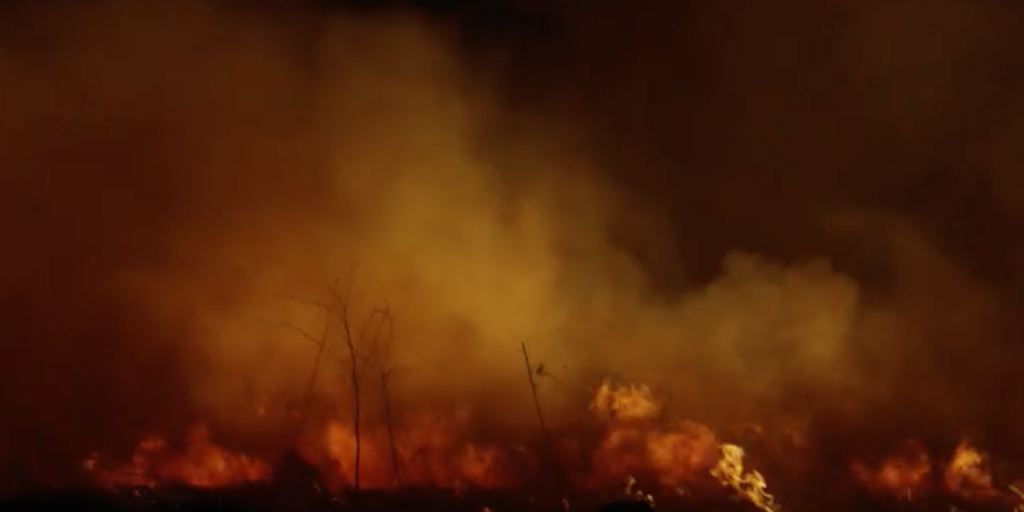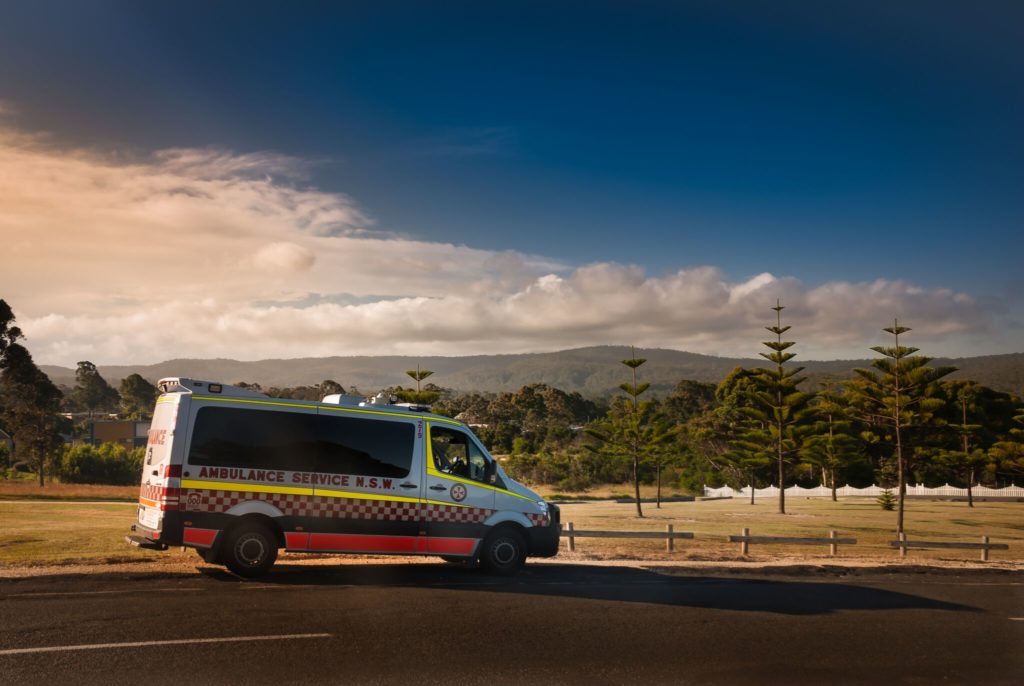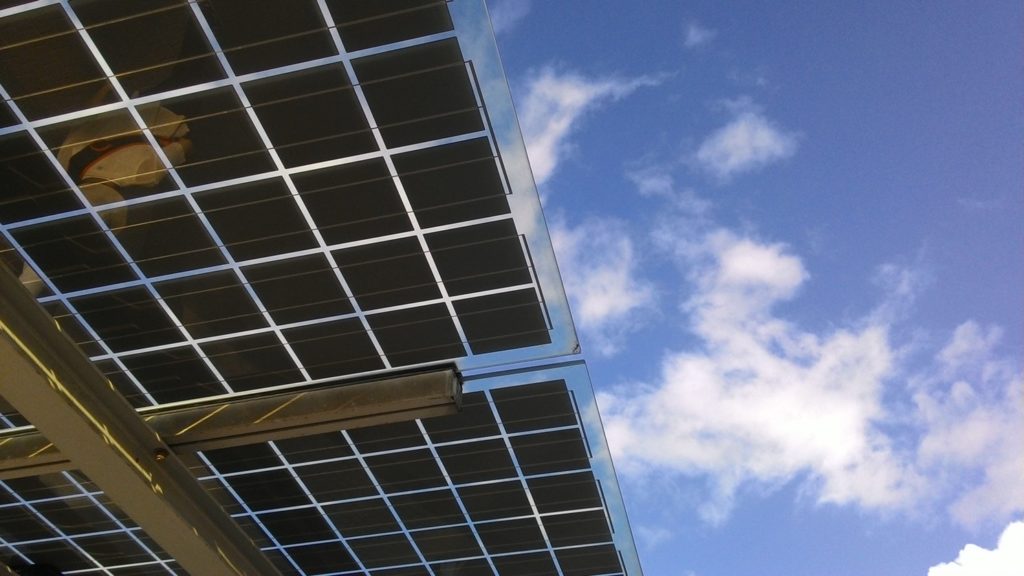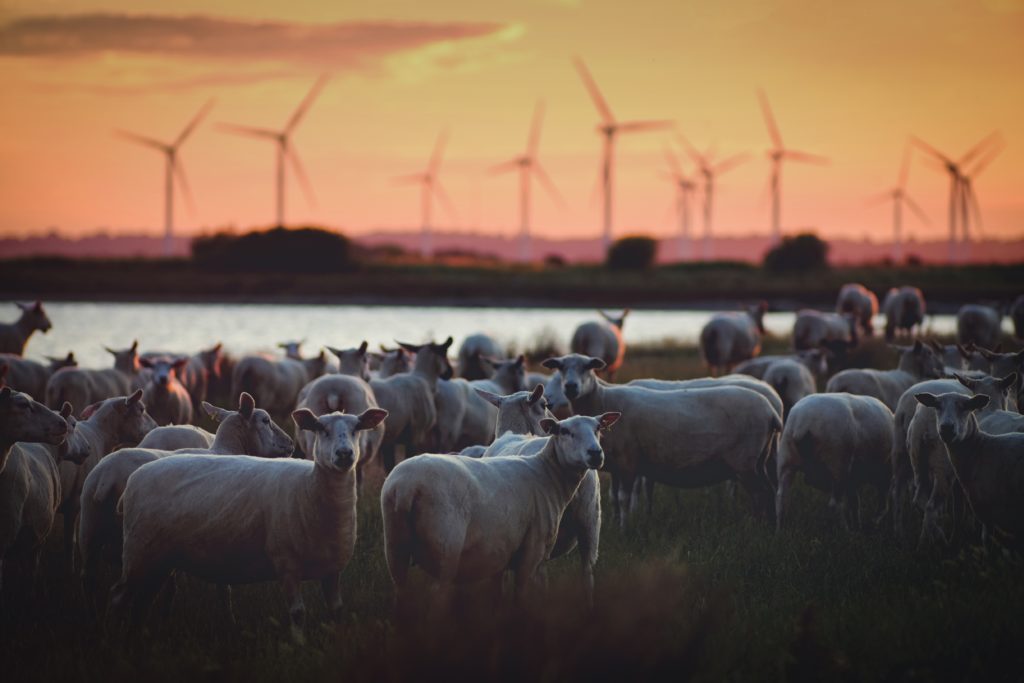By Climate Councillor and public health expert Professor Hilary Bambrick
On August 16, the New South Wales Rural Fire Service posted on Facebook “there’s 79 bush and grass fires across the state, with 32 uncontained…And we’ve just checked. Yes, it’s still winter”.
That same day saw Queensland enact a total fire ban across the south-east. This earliest ever start to the eastern Australia fire season is just one of the many signs that our climate is changing. This same month, Europe has suffered through record heat, Athens burned, fire tornadoes engulfed California, and Tokyo recorded its highest ever temperatures. Sweden enlisted overseas firefighting personnel and expertise to cope with their increasingly fire-prone landscape, manifesting as firestorms in the Arctic Circle. In Kerala in India’s south, massive floods displaced 800,000 people and directly killed more than 350. Around the same time, the entire state of New South Wales was declared to be in drought.

These aren’t isolated, statistically unusual events that just happened to coincide. Records are now continually being broken as we experience new extremes. They are off the charts, and we better get used to it.
Here in Australia we’re being newly challenged by increasingly hot days, severe bushfires, storms and floods, and prolonged drought, while sea-level rise is threatening housing and infrastructure in our coastal cities.
Our new extremes of heat and other severe weather mean we now need to re-imagine how our towns and cities function, ensure we provide essential climate safety services, and rethink how we go about our daily lives and care for others.

Escalating temperatures are putting more lives at risk. Older people and those with chronic health conditions are especially vulnerable, but so are people living in poor thermally performing houses, or in less green parts of the city, or who don’t have air-conditioning or can’t afford to run it, or who don’t feel safe to open their windows at night, or who are less mobile, or who are socially isolated, or who don’t have a home, or who work outside.
In recognition of increasingly hot summers, Queensland has just opened up a conversation about changing the start date of the school year to attempt to shorten the season where children’s capacity to learn, and their wellbeing, is adversely affected by heat. Similarly, we also need to rethink how we structure our daily activity, including what standard work and school hours look like, so as to minimise exposure to dangerous temperatures while working or during the commute. Rescheduling sporting events to protect both the players and the crowds from worsening heat should no longer be delayed, highlighted by the on-court temperatures hitting 69 degrees C during the most recent Australian Open.
Next year’s review of national building standards is none too soon, as we’re a long way from ensuring structures are suitable to the current climate in which they are situated, let alone what’s on the way. Take a journey through the expanding footprint of Western Sydney and you’ll see large houses with black roofs and no eaves on small blocks with no trees, oriented inappropriately so as to maximise developer income, and each with air-conditioning to make up for poor design and materials. Just this last summer the temperature in Penrith soared to 47.3 degrees; the last thing cities need are more energy-inefficient hot boxes.
We also don’t need to grow our cities ever outwards and over prime agricultural land, or further into bushland that is increasingly fire-prone. A more thoughtful, climate-ready approach to urban development would ensure cooler cities through ample greenspace and heat-reflective materials, welcoming and accessible public amenities where people can escape from the heat, and mixed-use street plans that encourage community-building and active transport rather than isolation and car use. Such a city would run on affordable and effective public transport that reduces congestion, improves mobility and withstands climate extremes. Within these cities, small scale urban farming and community gardening can bring people together, forge stronger links with food production and the environment on which we depend, and provide refuge for key pollinator species of bees and birds.
We need to prioritise investment in affordable, reliable renewable energy to address the health impacts of climate change and minimise risk to the most vulnerable. As outdoor temperatures soar, nights no longer cool down, and heat waves become seemingly interminable, cheap and clean energy will directly save lives. Now is the time to invest in this clean energy future for all rather than continue to prop up a dirty, dangerous and increasingly expensive fossil fuel industry. A well planned, timely energy transition will be good for workers and their communities, and provide much needed certainty in the energy sector.

Major climate related events should no longer come as a surprise; the reactive, short-term responses to acute events, such as the tax levy implemented following the 2011 Queensland floods, are inadequate and unsustainable. We need to plan now for future climate shocks even if we’re not one hundred per cent sure the shape that they will take or where they will occur. They may seem unpredictable yet the fact of these events is entirely foreseeable.
When a major event strikes, we also need to move beyond our traditional stoic tendency to simply rebuild and replace what was lost and face the hard truth that it might instead be time to up stumps and move. That once peaceful bushland community may be at risk of repeated catastrophic infernos. That one-in-a-hundred-year floodplain may soon see a major deluge every 7 years. That family farm that was managed productively for 100 years may never again see significant rainfall. A dose of climate reality is unpleasant but necessary medicine. We need to know our place, understand more deeply the environment on which we depend, and become more adept at being caretakers of the land.
In our increasingly hostile climate, we will also need to take greater care of others. Checking up on family and looking out for our older neighbours during a heat wave or other emergency saves lives. This neighbourliness should extend regionally, as Pacific islands are lost to sea level rise, and island livelihoods are lost to unprecedented cyclones. As a wealthy and robust neighbour, Australia can afford to provide refuge to people whose nations are damaged by climate change. Given our role as a major emitter of greenhouse gases through both our home industries and our exports, it is also the morally right thing to do.
It’s not only the wellbeing of people that matters and that requires our additional care during extreme weather, but also animals. What do we do when we can’t take a beloved pet to an evacuation centre? What happens to the horses when a farm is threatened by bushfire? How are dairy cattle managed and given relief during extreme heat? How do we provide care for bush animals injured in fire?

Unfortunately as resources of land, water and food become more severely threatened by climate change, we risk shifting away from a culture of offering care and shelter and towards greater conflict, with civil disturbance, war and mass population displacement the likely outcome when people fight for survival.
The changes we need to make to meet the challenges of climate change are not just structural, but cultural as well, and require a shift in thinking from short term electoral cycles to long term adaptive planning; from mere survival to a society that flourishes.
Rethinking how we structure our physical, economic and social worlds to be more mindful of the environment, build strong communities and a culture of care, and reduce socioeconomic disadvantage, will have a profound impact on how we as a nation experience and cope with our increasingly hostile climate. Some of these things, such as checking in on our neighbours more often, require just a little tweaking in the way that we do things. Others, such as rethinking our transport and energy systems, are necessarily transformative. We can plan now for the inevitable to ease these transitions, to be adaptive rather than merely reactive. We can choose the directions we take and the Australia we wish to live in. The time to do this is now.